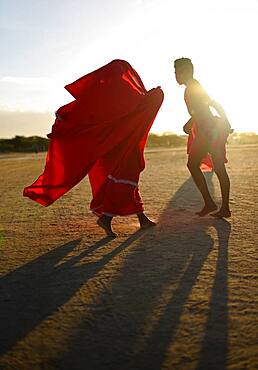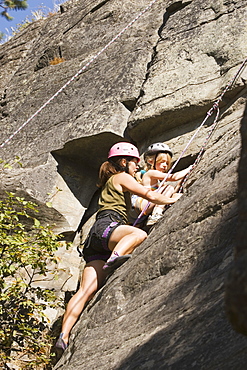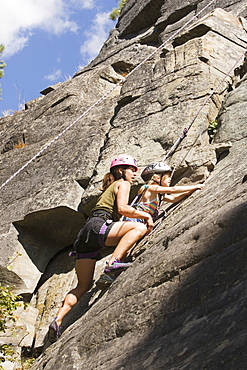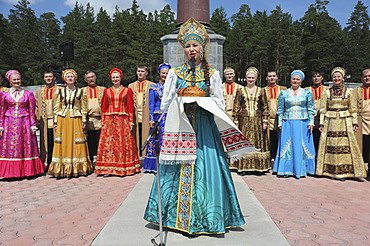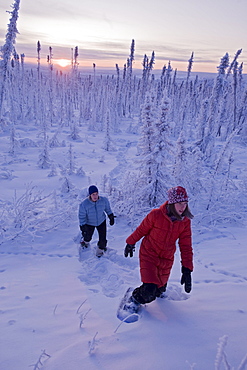Recent searches
Loading...
1348-3772 - OVC (orphans & vulnerable children) feeding program run by WOFAK (Women Fighting Aids in Kenya)
832-393071 - Padlocks as a sign of solidarity on the Ponte Scaligero bridge, Verona, Veneto, Italy, Europe
1350-1865 - Yonna dance, also called Chichamaya, carries a considerable symbolic charge for the Wayuu indigenous people of Colombia, representing three basic principles for this tribal group: Social equality, collective solidarity and the improvement of relations between the human being and the Cosmos.
1350-1859 - Yonna dance, also called Chichamaya, carries a considerable symbolic charge for the Wayuu indigenous people of Colombia, representing three basic principles for this tribal group: Social equality, collective solidarity and the improvement of relations between the human being and the Cosmos.
1350-1871 - Yonna dance, also called Chichamaya, carries a considerable symbolic charge for the Wayuu indigenous people of Colombia, representing three basic principles for this tribal group: Social equality, collective solidarity and the improvement of relations between the human being and the Cosmos.
1350-1860 - Yonna dance, also called Chichamaya, carries a considerable symbolic charge for the Wayuu indigenous people of Colombia, representing three basic principles for this tribal group: Social equality, collective solidarity and the improvement of relations between the human being and the Cosmos.
1350-1861 - Yonna dance, also called Chichamaya, carries a considerable symbolic charge for the Wayuu indigenous people of Colombia, representing three basic principles for this tribal group: Social equality, collective solidarity and the improvement of relations between the human being and the Cosmos.
1350-1862 - Yonna dance, also called Chichamaya, carries a considerable symbolic charge for the Wayuu indigenous people of Colombia, representing three basic principles for this tribal group: Social equality, collective solidarity and the improvement of relations between the human being and the Cosmos.
1350-1866 - Yonna dance, also called Chichamaya, carries a considerable symbolic charge for the Wayuu indigenous people of Colombia, representing three basic principles for this tribal group: Social equality, collective solidarity and the improvement of relations between the human being and the Cosmos.
1350-1870 - Yonna dance, also called Chichamaya, carries a considerable symbolic charge for the Wayuu indigenous people of Colombia, representing three basic principles for this tribal group: Social equality, collective solidarity and the improvement of relations between the human being and the Cosmos.
1350-1868 - Yonna dance, also called Chichamaya, carries a considerable symbolic charge for the Wayuu indigenous people of Colombia, representing three basic principles for this tribal group: Social equality, collective solidarity and the improvement of relations between the human being and the Cosmos.
1350-1858 - Yonna dance, also called Chichamaya, carries a considerable symbolic charge for the Wayuu indigenous people of Colombia, representing three basic principles for this tribal group: Social equality, collective solidarity and the improvement of relations between the human being and the Cosmos.
1350-1869 - Yonna dance, also called Chichamaya, carries a considerable symbolic charge for the Wayuu indigenous people of Colombia, representing three basic principles for this tribal group: Social equality, collective solidarity and the improvement of relations between the human being and the Cosmos.
1350-1863 - Yonna dance, also called Chichamaya, carries a considerable symbolic charge for the Wayuu indigenous people of Colombia, representing three basic principles for this tribal group: Social equality, collective solidarity and the improvement of relations between the human being and the Cosmos.
1350-1864 - Yonna dance, also called Chichamaya, carries a considerable symbolic charge for the Wayuu indigenous people of Colombia, representing three basic principles for this tribal group: Social equality, collective solidarity and the improvement of relations between the human being and the Cosmos.
1350-1867 - Yonna dance, also called Chichamaya, carries a considerable symbolic charge for the Wayuu indigenous people of Colombia, representing three basic principles for this tribal group: Social equality, collective solidarity and the improvement of relations between the human being and the Cosmos.
846-46 - Scots Guards marching along The Mall, Trooping the Colour, London, England, United Kingdom, Europe
1178-30028 - Woman's hand painting Black Lives Matter sign on cardboard
1178-30025 - Child's hand holding No justice, no peace sign
1178-30029 - Woman's hand painting Black Lives Matter sign on cardboard
832-384631 - Silhouette in front of evening sky, two children holding hands, Germany, Europe
832-386358 - Two hands grab each other by the arm, pulling in the opposite direction, symbolic mural by streetart artist Otto Schade, 40 Grad Urban Art Festival 2019, Duesseldorf, North Rhine-Westphalia, Germany, Europe
1116-42068 - Young Girl (Age 7) Preparing To Climb While Father Belays At Stone Hills Near Rexford, Montana, Usa
1116-42080 - Young Woman Climbing With Daughter (Age 7) Up Granite Cliff At Stone Hills Near Rexford, Montana, Usa
1116-42078 - Mid-Age Man Climbing With Daughter (Age 5) Up Granite Cliff At Stone Hills Near Rexford, Montana, Usa
1116-42067 - Mid-Aged Man Helping Daughter Tie Climbing Rope At Base Of Cliff, Near Rexford, Montana, Usa
1116-42079 - Young Woman Climbing With Daughter (Age 7) Up Granite Cliff At Stone Hills Near Rexford, Montana, Usa
1116-42075 - Young Woman Climbing With Daughter (Age 7) Up Granite Cliff At Stone Hills Near Rexford, Montana, Usa
1116-42076 - Young Woman Climbing With Daughter (Age 7) Up Granite Cliff At Stone Hills Near Rexford, Montana, Usa
1116-42069 - Young Girl (Age 7) Preparing To Climb While Father Belays At Stone Hills Near Rexford, Montana, Usa
1116-42077 - Young Woman Climbing With Daughter (Age 7) Up Granite Cliff At Stone Hills Near Rexford, Montana, Usa
832-382333 - Roped party on glaciers Styggebreen, climb to Galdhøppigen, 2469 m, Oppland, Norway, Europe
832-370724 - Obelisk marking the border between Europe and Asia, performance of a Russian dance company, bread as a symbol of hospitality, Yekaterinburg, Jekaterinburg, Sverdlovsk, Ural mountains, Taiga forest, Russia
1112-1821 - The once communist controlled Gdansk shipyards, home to the Solidarity movement, Gdansk, Poland, Europe
1112-1823 - The once communist controlled Gdansk shipyards, home to the Solidarity movement, Gdansk, Poland, Europe
1112-1820 - The once communist controlled Gdansk shipyards, home to the Solidarity movement, Gdansk, Poland, Europe
1112-1822 - The once communist controlled Gdansk shipyards, home to the Solidarity movement, Gdansk, Poland, Europe
832-123122 - Gdansk shipyard, monument to the Solidarnosc Solidarity movement, Gdansk, Pomerania, Poland, Europe
832-121595 - Inhabitants of a mountain village building a road with the assistance of an aid organisation, they want to link their village to the main road to allow economic development in the community, Bordes, Leogane, Ouest Department, Haiti, Caribbean, Central Ame
832-121596 - Inhabitants of a mountain village building a road with the assistance of an aid organisation, they want to link their village to the main road to allow economic development in the community, Bordes, Leogane, Ouest Department, Haiti, Caribbean, Central Ame
832-87847 - The Oak Ridge International Friendship Bell in Bissell Park, symbol of friendship and peace with Japan; Oak Ridge was established during World War II to produce weapons-grade uranium for the atomic bombs dropped on Hiroshima and Nagasaki, Oak Ridge, Tenne
832-45169 - Statue of sisters, Norway thanking Denmark, World War II, Copenhagen, Denmark, Europe
817-409761 - Fans Tailgating St Louis Missouri MO Packers Rams
1116-25928 - Mother and Daughter hiking in snowshoes through snow-covered forest, Dempster Highway, Yukon
846-48 - Band of the Coldstream Guards marching past Buckingham Palace during the rehearsal for Trooping the Colour, London, England, United Kingdom, Europe
846-47 - Scots Guards marching past Buckingham Palace, Rehearsal for Trooping the Colour, London, England, United Kingdom, Europe
718-1781 - Changing Of The Guard at Buckingham Palace, London, England, United Kingdom, Europe
817-252106 - Beautiful autumn leaves with hoar frost of the Hardy Small Tree in a garden Cornus kousa chinensis, Bavaria/Germany
817-147776 - College students play beach volleyball during spring break Panama City Florida
238-3948 - Bondi Beach, Sydney, New South Wales, Australia, Pacific
You reached the end of search results






